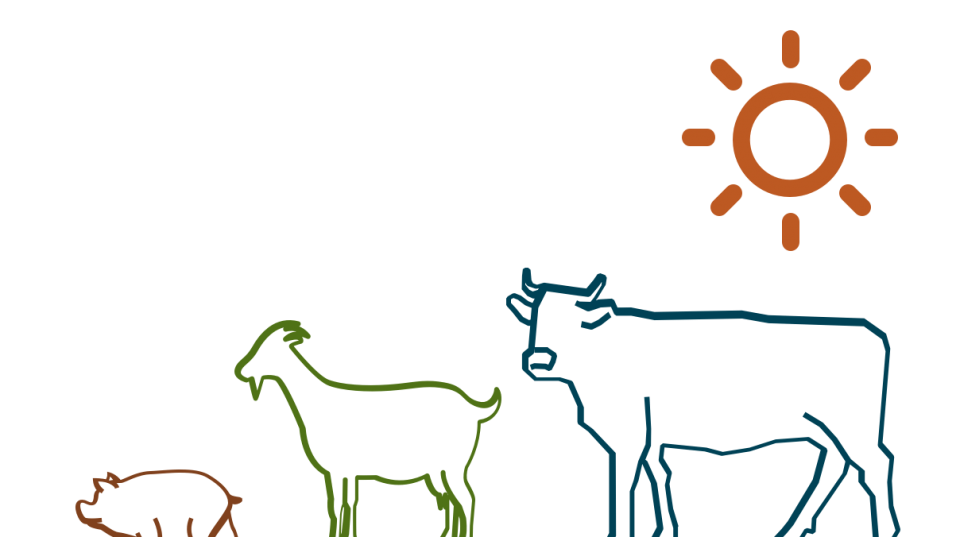Overview
This project aimed to improve capacity of local staff and field researchers to train farmers in Timor-Leste and help them adapt profitable tree legume based cattle production system to their farming practices.
ACIAR research (LPS/2011/004; LPS/2009/036) identified that lack of high quality forages is one of the the main constraints to improving Bali cattle productivity, especially in the dry land of Timor-Leste. The projects showed farmers how to establish and use tree legumes to feed cattle under a cut and carry system. Though few farmers adopted the feeding system, the project established a foundation for wider adoption of a profitable tree legume based feeding system in Timor-Leste's dry areas.
Previous ACIAR-funded projects found low reproductive performance of Bali heifers, high mortality of calves and poor growth rates of cattle in villages, and identified specific researchable issues that need to be resolved to be able to develop practical recommendations for farmers. Specific objectives of this small research activity were:
- Determine the reproductive performance of first calf Bali heifers and identify the factors which affect performance.
- Develop liveweight gain response curves to feeding cassava by-products to Ongole bulls which will have application to fattening systems across Indonesia.
- Review and recommend a supplement strategy(s) for survival of calves from cows facing severe nutritional shortages.
Project outcomes
Initially an extensive review was undertaken of calf supplementation. In association with this a large number of separate experiments was undertaken to examine methods to detect oestrus, milk production in Bali cows and heifers in villages and finally reproductive parameters with Bali heifers and cows. A feeding experiment was done with onggok (cassava bagasse), palm kernel cake and copra meal to develop liveweight gain response curves to inclusion of onggok in fattening diets. Another feeding experiment examined the differences in liveweight gain between Bali bulls and Hissar x Bali bulls in fattening systems.
This study highlighted data quality (observations and records) as a major issue in such analysis and emphasized the need for closer observation of oestrous behaviour (and training to detect oestrus) and the deployment of more objective measures or techniques of oestrous activity. Methods to improve experimental observation of oestrus and mating procedures were examined by studying faecal progesterone profiles, protein hormones (leptin and IGF-1) and vaginal electrical conductivity. Milk production and interaction with lactation anoestrus was examined but no relationship was found and low milk production of cows in villages was confirmed (1.5L/d).
The use of onggok as a high energy by-product to increase growth rates and BCS was evaluated in a feeding experiment which developed a response curve relationship to the inclusion of onggok.
In conclusion, this study has shown that Bali cows and heifers have high fertility and that management in terms of low BCS and poor access to a bull or AI in a timely fashion most likely accounts for reports of poor reproduction.
A combination of onggok (40%) and protein meal (40%) will promote high liveweight gain in fattening systems and also be a useful strategy to increase BCS of cows and heifers when required to improve reproduction rate.



